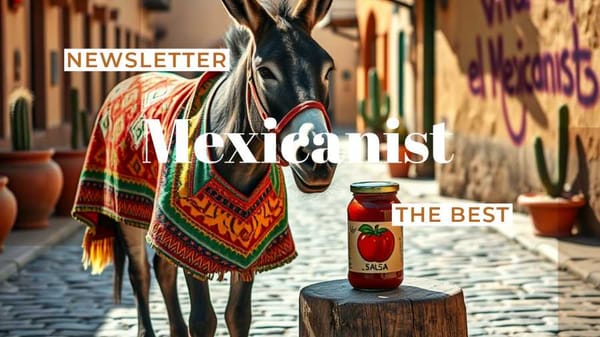Pozole of human flesh? This would be the origin of the Mexican cannibal dish
There is ancient history in the midst of the ingredients and ways of preparing pozole, which refers to the Mexica and warrior way of preparing it, and which included human flesh as an essential part of the recipe.





